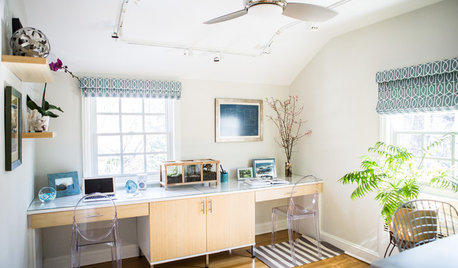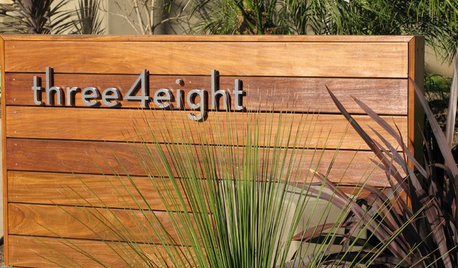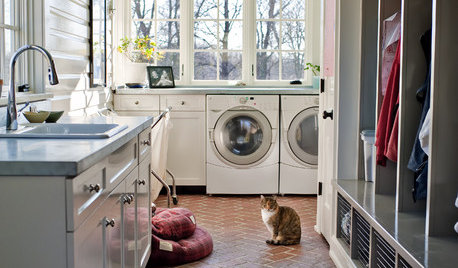Uh oh--Bill, Mongo, any thoughts on this?
writersblock (9b/10a)
14 years ago
Related Stories

MOST POPULAR15 Remodeling ‘Uh-Oh’ Moments to Learn From
The road to successful design is paved with disaster stories. What’s yours?
Full Story
HOME OFFICESNew This Week: 3 Home Offices That Know How to Work It
We look at the designers’ secrets, ‘uh-oh’ moments and nitty-gritty details of 3 great home offices uploaded to Houzz this week
Full Story
LAUNDRY ROOMSSoak Up Ideas From 3 Smart Laundry Rooms
We look at the designers’ secrets, ‘uh-oh’ moments and nitty-gritty details of 3 great laundry rooms uploaded to Houzz this week
Full Story
CURB APPEAL7 Finishing Touches for a Thoughtful Front Yard
Make a great first impression with artful house numbers, water features, garden art and more
Full Story
CHRISTMAS10 Thoughtful and Thrifty Christmas Table Touches
If you’re after some affordable decorative touches to add to your holiday table this year, here are a few ideas to inspire you
Full Story
GREEN BUILDINGHouzz Tour: See a Concrete House With a $0 Energy Bill
Passive House principles and universal design elements result in a home that’ll work efficiently for the long haul
Full Story
LIFE10 Smart Organizing Ideas That Make Life Easier
Rethink where and how you store household basics, from bills to baking supplies, to buy some time and save some headaches
Full Story
DECORATING GUIDESCalifornia Law: License to Practice Interior Design?
A proposed bill that would require a license to practice interior design in California has Houzzers talking. Where do you stand?
Full Story
GREAT HOME PROJECTSUpgrade Your Windows for Beauty, Comfort and Big Energy Savings
Bid drafts or stuffiness farewell and say hello to lower utility bills with new, energy-efficient windows
Full Story
LAUNDRY ROOMSGet More From a Multipurpose Laundry Room
Laundry plus bill paying? Sign us up. Plus a potting area? We dig it. See how multiuse laundry rooms work harder and smarter for you
Full StoryMore Discussions








writersblock (9b/10a)Original Author
lazy_gardens
Related Professionals
Bloomington Kitchen & Bathroom Designers · Ossining Kitchen & Bathroom Designers · San Jacinto Kitchen & Bathroom Designers · West Virginia Kitchen & Bathroom Designers · Port Charlotte Kitchen & Bathroom Remodelers · McDonough Glass & Shower Door Dealers · Palm Beach Gardens Glass & Shower Door Dealers · Issaquah Glass & Shower Door Dealers · Chino Glass & Shower Door Dealers · Mount Prospect Cabinets & Cabinetry · Antioch Window Treatments · Aurora Window Treatments · El Mirage Window Treatments · Oak Park Window Treatments · Baytown Window Treatmentsbill_vincent
writersblock (9b/10a)Original Author
bill_vincent
MongoCT
writersblock (9b/10a)Original Author
writersblock (9b/10a)Original Author
bill_vincent
writersblock (9b/10a)Original Author
bill_vincent
writersblock (9b/10a)Original Author